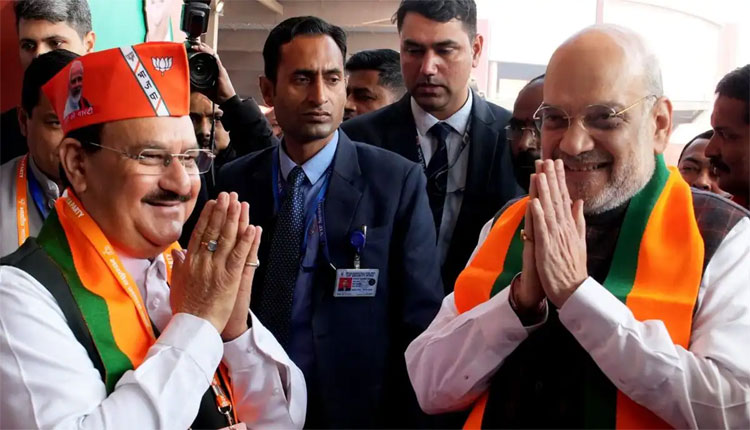New Delhi: The Bharatiya Janata Party (BJP) is pushing hard to secure a third consecutive term in Haryana, facing strong competition from the Congress. The Congress is heavily relying on the Jat vote bank by promoting former Chief Minister Bhupinder Singh Hooda and his son, Deepender Hooda. Confident in their support from Jats, Muslims, and Dalits, the Congress poses a formidable challenge to the BJP, which is adopting a broader strategy to appeal to various communities across the state.
The BJP’s approach in Haryana mirrors its tactics in Uttar Pradesh, seeking to bring a wide array of communities into its fold. This includes not only Jats, the largest community in Haryana, but also Dalits, Other Backward Classes (OBCs), Brahmins, Punjabis, Jat Sikhs, Rajputs, and Gujjars. A crucial part of their strategy involves dividing votes among communities that do not traditionally align with the BJP.
To weaken the Jat vote bank, the BJP is strategically aligning with Jayant Chaudhary, a prominent figure in western Uttar Pradesh, where his party, the Rashtriya Lok Dal (RLD), holds sway among Jats and farmers. Jats make up over 22 per cent of Haryana’s population, and the BJP aims to secure their support by potentially offering some seats to Chaudhary’s party in the upcoming elections. Additionally, Jayant Chaudhary will play a visible role in the BJP’s election campaign in Haryana.
Chief Minister Manohar Lal Khattar, belonging to the OBC community, is being positioned as a key figure to win over OBC voters, which the party believes will unite behind their candidate. At the same time, Brahmin voters, who constitute 7.5 per cent of the state’s population, are being targeted by appointing Brahmin leader Mohan Lal Badauli as the BJP’s state president.
Meanwhile, the BJP’s strategy to win Jat support includes highlighting divisions within the Congress, specifically between Bhupinder Singh Hooda and Kumari Selja, aiming to paint the Congress as anti-Dalit. The party is also attempting to draw Jat voters by criticising Hooda’s tenure as Chief Minister, accusing him of exploiting the Jat community during his time in office.
Haryana’s Scheduled Castes, which make up around 21 per cent of the population, are another critical focus for the BJP. The party hopes to attract Dalit voters through its various public welfare schemes, while also working to divide the Dalit and Jat vote bank by targeting rival alliances, such as those of Abhay Chautala and Mayawati, and Dushyant Chautala and Chandrashekhar.
Former Chief Minister Manohar Lal Khattar, alongside leaders from Punjab, Delhi, Western Uttar Pradesh, and Rajasthan, has been tasked with mobilising support from smaller but significant communities such as Punjabis (8 per cent), Vaishyas (5 per cent), Jat Sikhs (4 per cent), Rajputs (3.5 per cent), and other groups.
As the election approaches, the BJP’s multi-pronged strategy aims to secure a diverse coalition of voters across Haryana to maintain its hold on the state. With both parties pulling out all the stops, the stage is set for a fiercely contested battle for power.



Comments are closed.